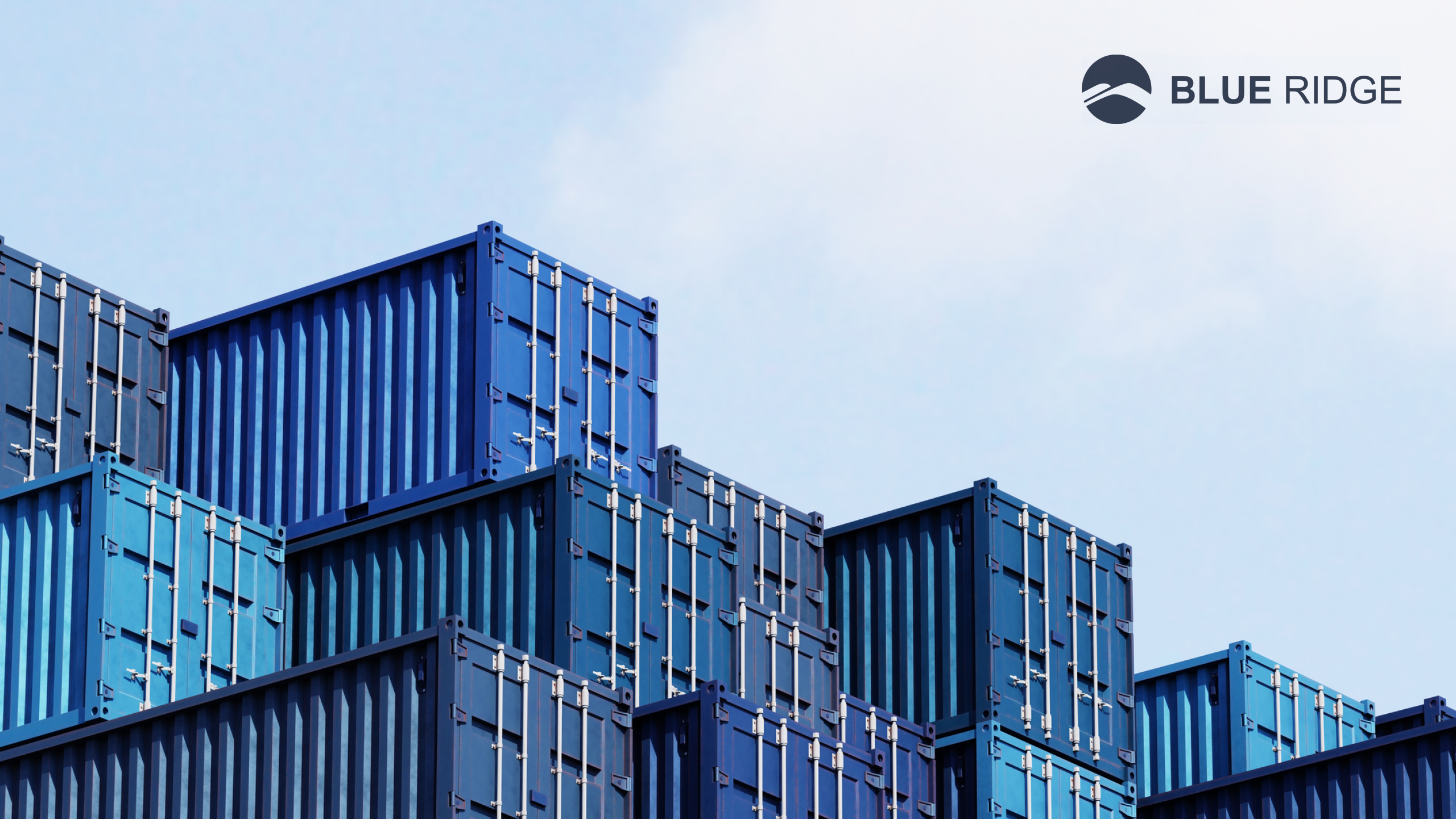Adaptability Isn’t an Option—It’s the Only Way Forward
Supply chains today are a high-stakes battleground where uncertainty isn’t an anomaly—it’s the status quo. Geopolitical tensions shift overnight, tariffs fluctuate unpredictably, and demand patterns are more volatile than ever. The leaders who win in this environment don’t avoid complexity—they leverage it.
Instead of waiting for stability that may never come, companies must build resilience, embrace agility, and make smarter, data-driven decisions. The difference between surviving and thriving is in how well you adapt.
The Current Geopolitical Landscape: Tariffs, Trade Wars & Supply Chain Volatility
One of the most pressing challenges in today’s supply chain is the shifting landscape of international trade. Rising tariffs and evolving trade policies can turn profitable strategies into cost burdens overnight. The ongoing U.S.-China trade war is just one example—businesses have been forced to rethink sourcing, logistics, and pricing as tariffs on critical goods continue to increase.
This is the new normal. Companies that rely on static supply chain models are at risk of being caught off guard. Adaptable organizations, however, use real-time insights and scenario planning to shift strategies before disruptions derail operations.
Why Traditional Supply Chain Strategies Are Failing
Many companies still rely on outdated, linear supply chain models that assume predictable demand, stable costs, and steady supply. That world no longer exists. The consequences? Excess inventory, costly delays, and missed opportunities.
To navigate today’s complexities, businesses need:
- Advanced Forecasting powered by AI and real-time data to anticipate shifts in demand and external disruptions.
- Scenario Planning that allows companies to model potential risks and pivot quickly.
- Multi-Sourcing Strategies to reduce overreliance on a single supplier or region.
8 Strategies to Adapt Faster and Make Smarter Decisions
The smartest supply chain leaders aren’t waiting for certainty—they’re engineering resilience. Here’s how:
- Enhance Demand Forecasting – Leverage AI and machine learning to predict shifts before they happen.
- Diversify Supplier Networks – Avoid single points of failure by expanding sourcing options.
- Invest in Real-Time Visibility – Gain up-to-the-minute insights into supply and demand fluctuations.
- Automate Decision-Making – Use AI-driven tools to analyze data and recommend optimal actions.
- Improve Inventory Management – Balance stock levels to prevent shortages and reduce excess costs.
- Strengthen Scenario Planning – Run “what-if” simulations to prepare for potential disruptions.
- Increase Cross-Team Collaboration – Ensure procurement, logistics, sales, and finance teams are aligned.
- Stay Informed on Regulatory Changes – Proactively adjust to evolving trade laws and compliance requirements.
Turning Complexity into Competitive Advantage
Uncertainty is no longer an excuse—it’s an opportunity. Companies that take control of their supply chains through advanced forecasting, inventory optimization, and data-driven insights won’t just survive in today’s volatile market. They’ll dominate it.
Ready to future-proof your supply chain?
Join our upcoming webinar, Supply Chain Disruptions 101: Transforming Challenges into Competitive Edge, on Tuesday, April 22 at 10AM PT/1PM ET.
Register now to gain expert insights and actionable strategies for building a more resilient supply chain.















